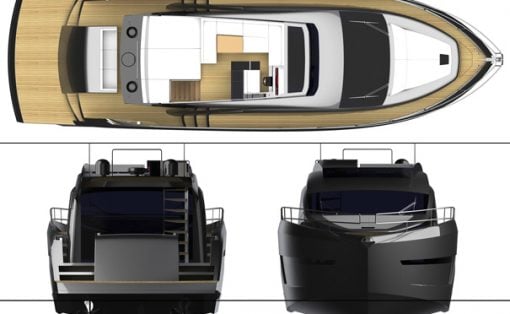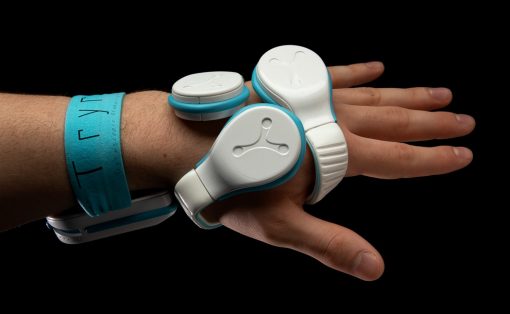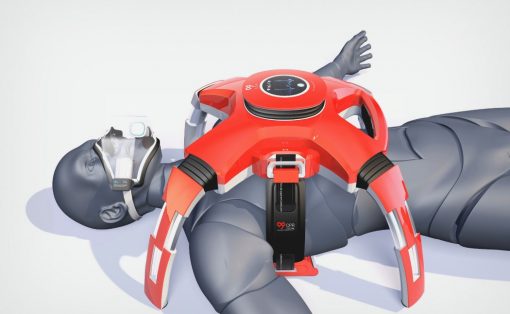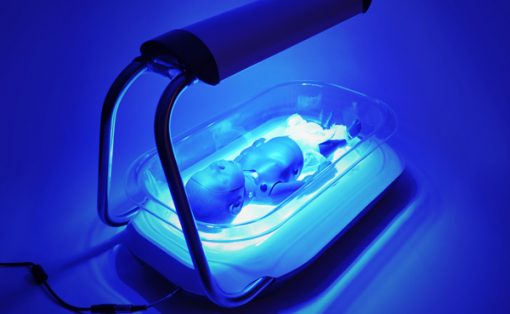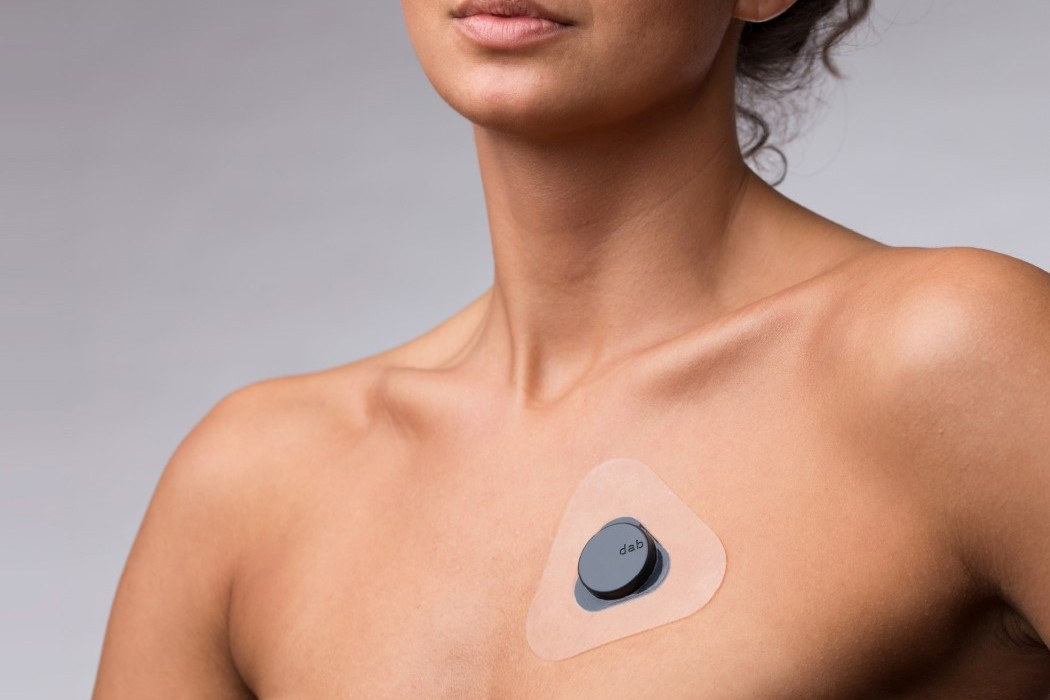
They say necessity is the mother of invention, so if there is one thing that has thrived in this quarantine period, it is medical innovations! There is no alternative for good health, we all know it, but some practices like the cast we use for a fracture are archaic in design. Just because a design provides a solution, it does not mean they can’t be improved and it is these improved designs featured here in the medical and healthcare field that, once implemented, are sure to change the face of caregiving in today’s world.
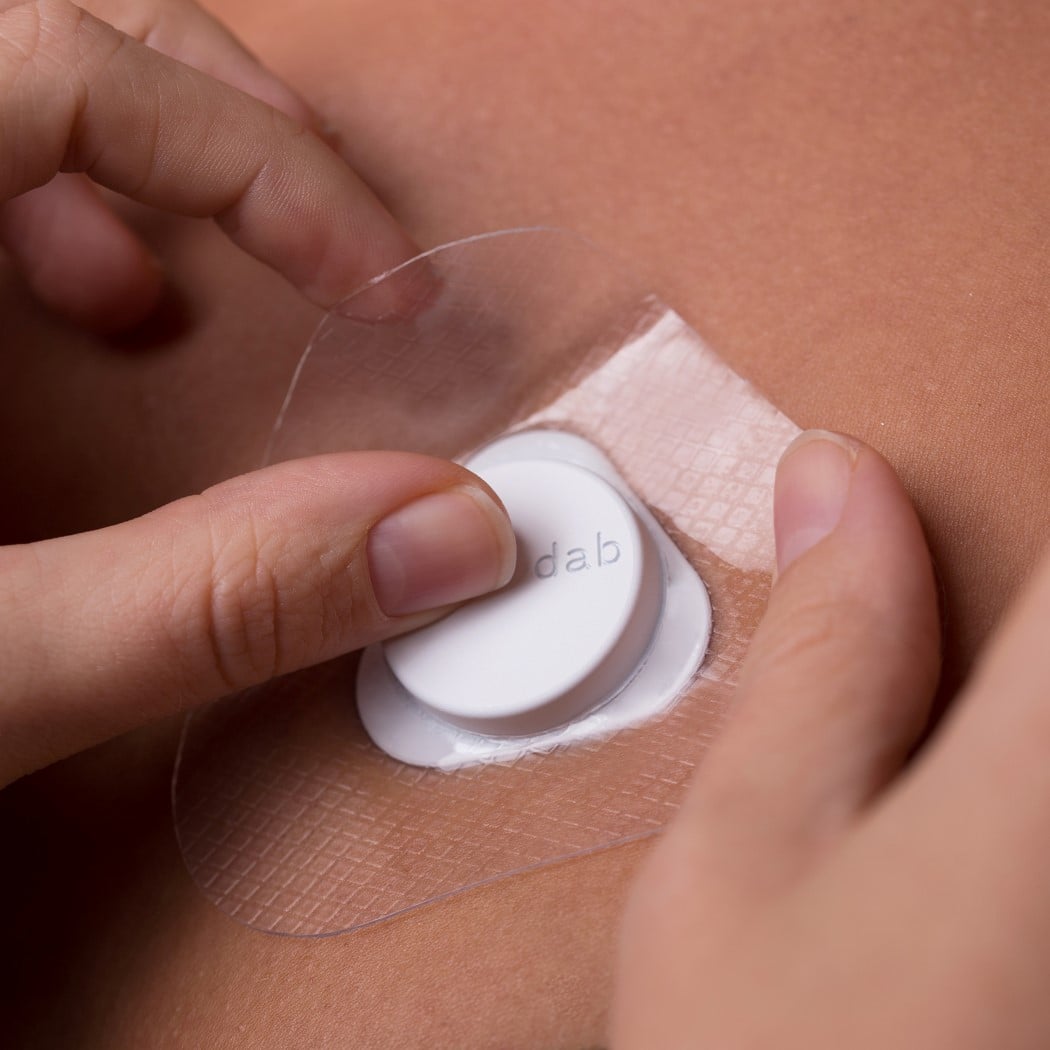
Literally the size of a quarter, Adam Miklosi’s Dab is an unobtrusive Holter ECG/EKG that rests comfortably on your chest, constantly reading your heart’s movements. Designed to be minimal, non-invasive, and simple, the Dab tries to bridge the gap between medical appliances and wearables. Its tiny yet classy design sits on your chest via a gel patch, while the electrodes capture your heart activity. The Dab’s dry-electrodes allow it to be used and reused, while constantly measure one’s heart activity (requiring periodic charging via their wireless charging hub), and keep logs of accurate readings, quietly sitting on your chest while you absolutely forget that they’re even there in the first place!
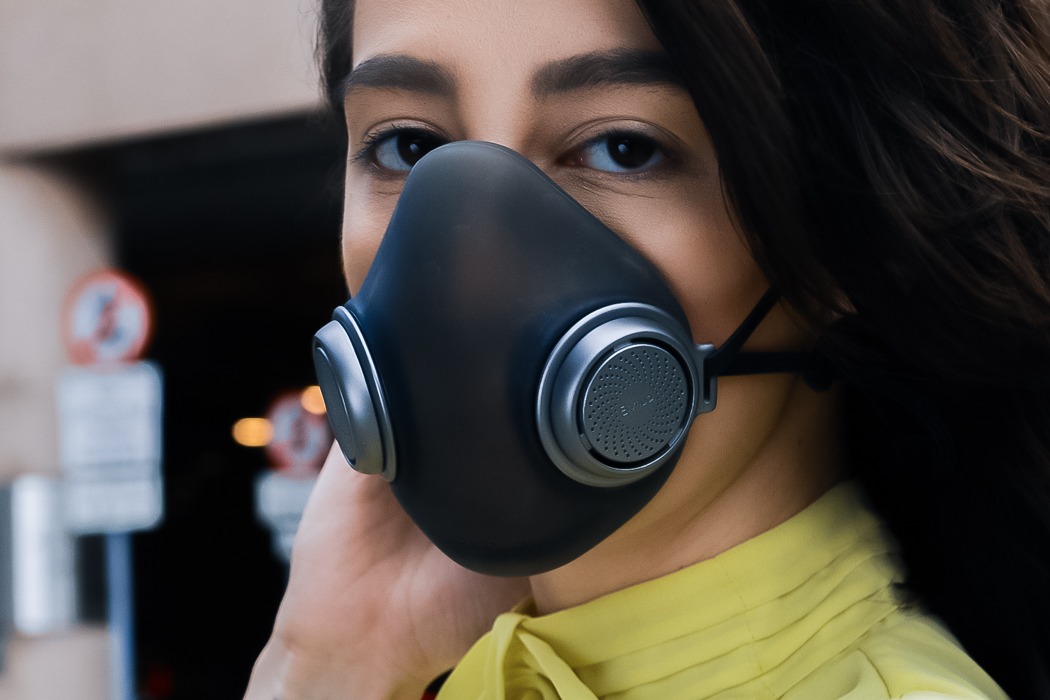
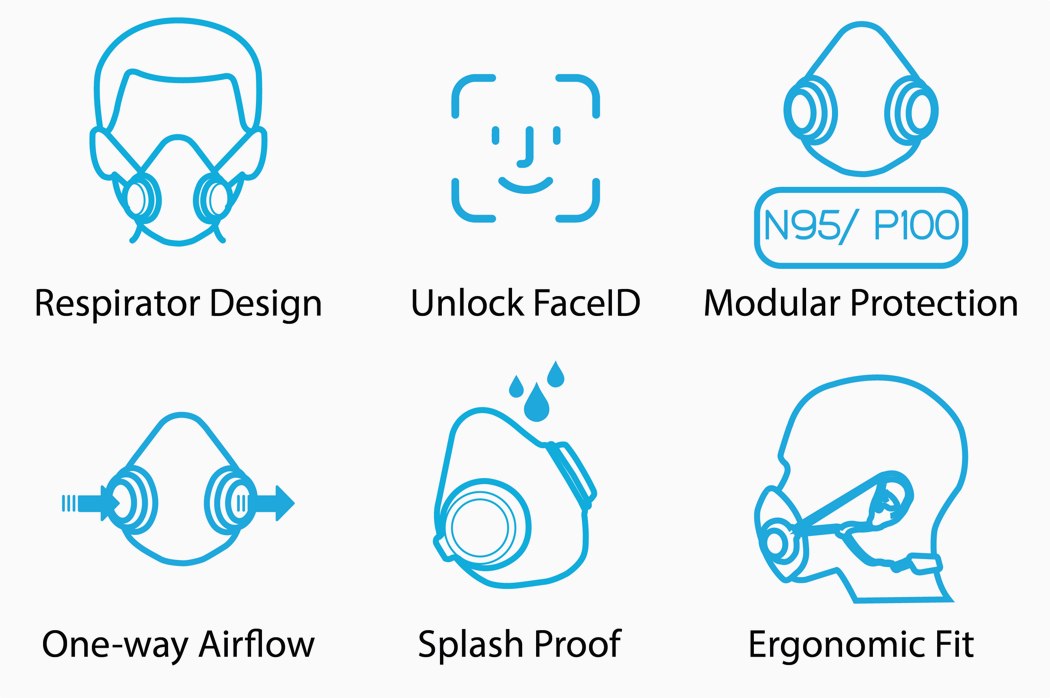
The purME by Ann Song is no ordinary N95 mask. It was designed to be an N95 face-mask that you could carry in your pocket, wear for hours, breathe safely under, and easily reuse for months, if not years. Its form and material of choice are, in fact, directly inspired by silicone respirator mouth-cups that medical personnel use to administer oxygen to people. The silicone construction of the purME allows it to fit all types of faces easily as its soft body conforms to the curves of your face, creating an air-tight seal while feeling comfortable enough to be worn for hours. The silicone body makes the purME easy to reuse as well as disinfect too, and replaceable filters ensure your mask lasts you for years on end.
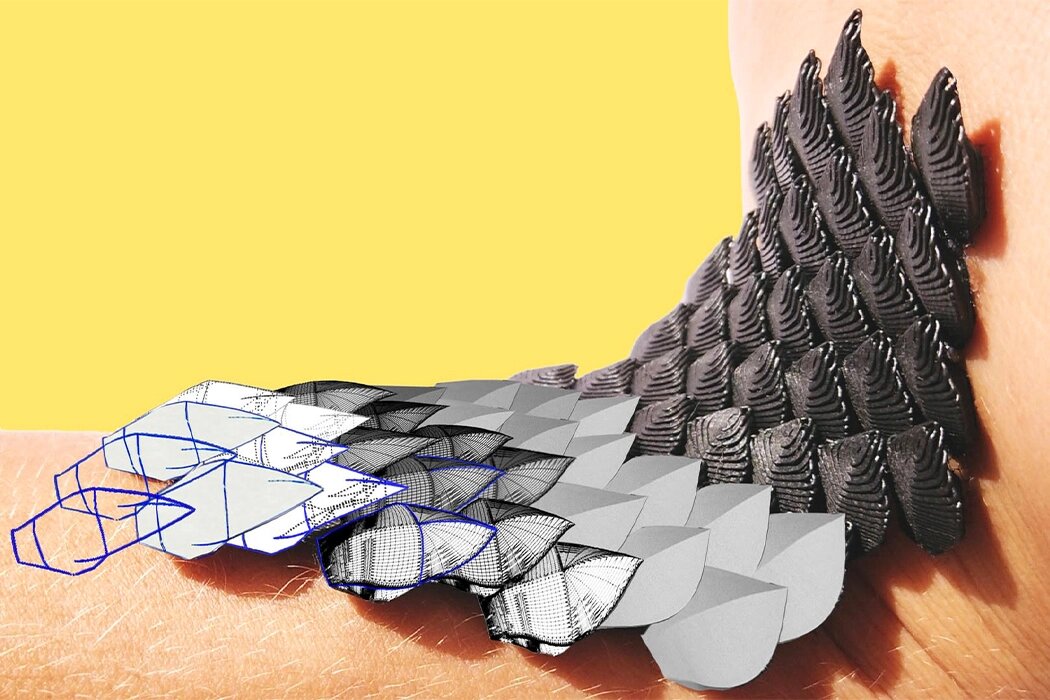

Designer Natalie Kerres looked at nature for inspiration to come up with a solution and zeroed down on animals that physically protected from threats by skin, shells, or scales. She wanted to design a product that mimicked the natural protection and healing while allowing flexibility – that is how SCALED was born. The goal of her design is to investigate the potential of a controlled motion-limiting structure in preventing hyperextension joint injuries. Usually, with injuries, you may have a cast, a brace, or a crepe bandage you use but that restricts movement and also makes the body in that region stiff as you wait to heal. “Mobility is commonly a trade-off with protection and SCALED, therefore, presents a nature-inspired solution for a flexible protective wearable.” It uses a parametric design that allows the structure to meet a wearer’s exact needs and the restriction in motion can be regulated through set parameters.
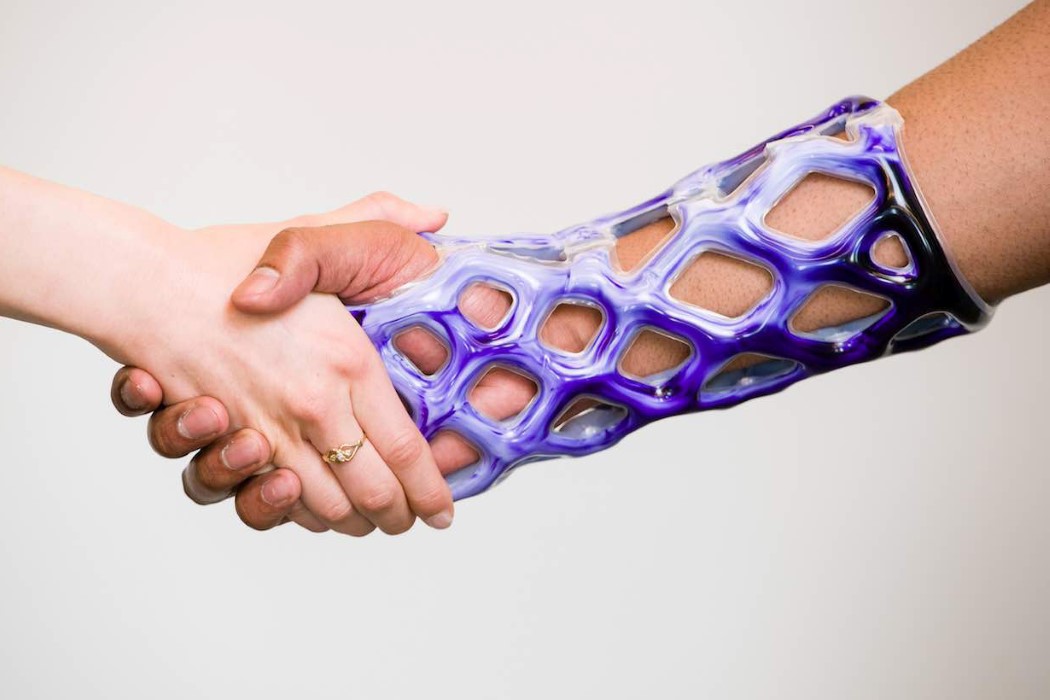
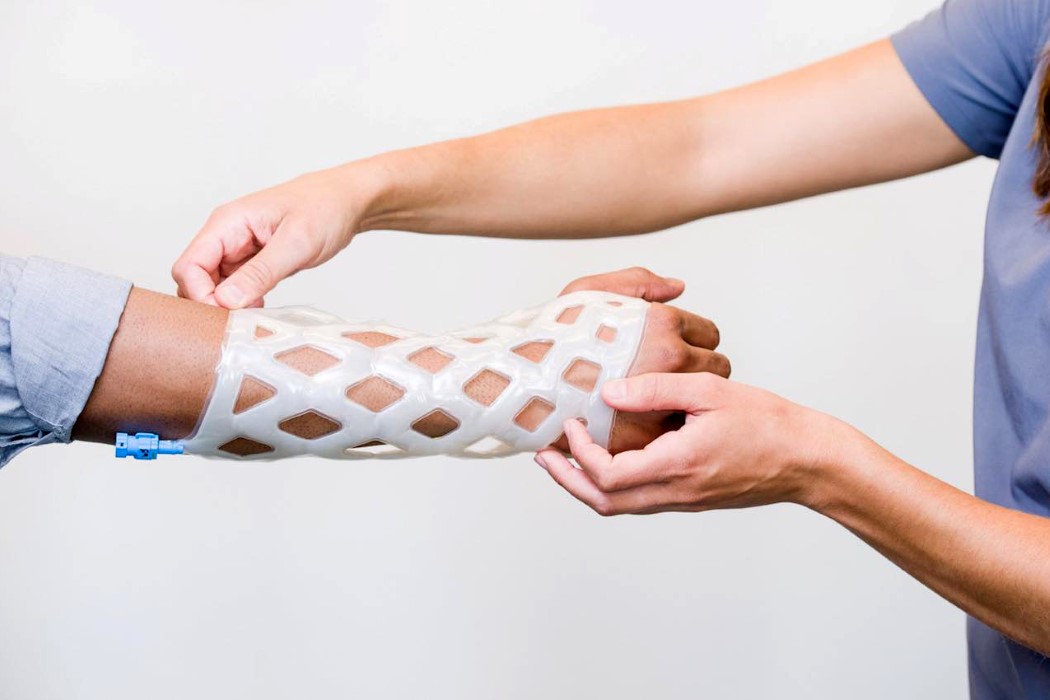
Chicago-based startup Cast21, however, has designed a sleeve that fits over any hand. Cast21’s cast takes shape around your hand once it’s filled with a patented gel that hardens over time. Doctors select a sleeve-size based on whether the patient is a child or a fully-grown adult. The sleeve is slipped on, and filled with a patented mixture of resins that become a malleable gel after a while. The doctor can then adjust the gel to perfectly hug the limb, giving it the support it needs. Patients can even choose between gel-colors, opting for combinations and gradients, breaking the stigma that casts need to look horribly clinical. The resins harden through an exothermic reaction, providing soothing heat to the limb as the cast begins to take shape.
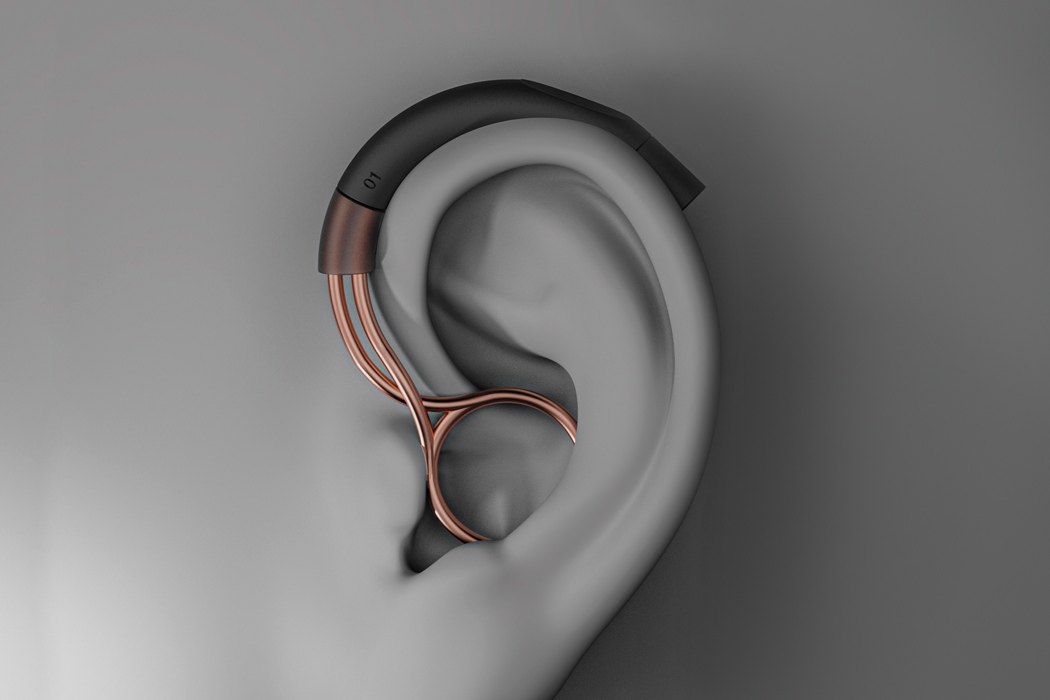
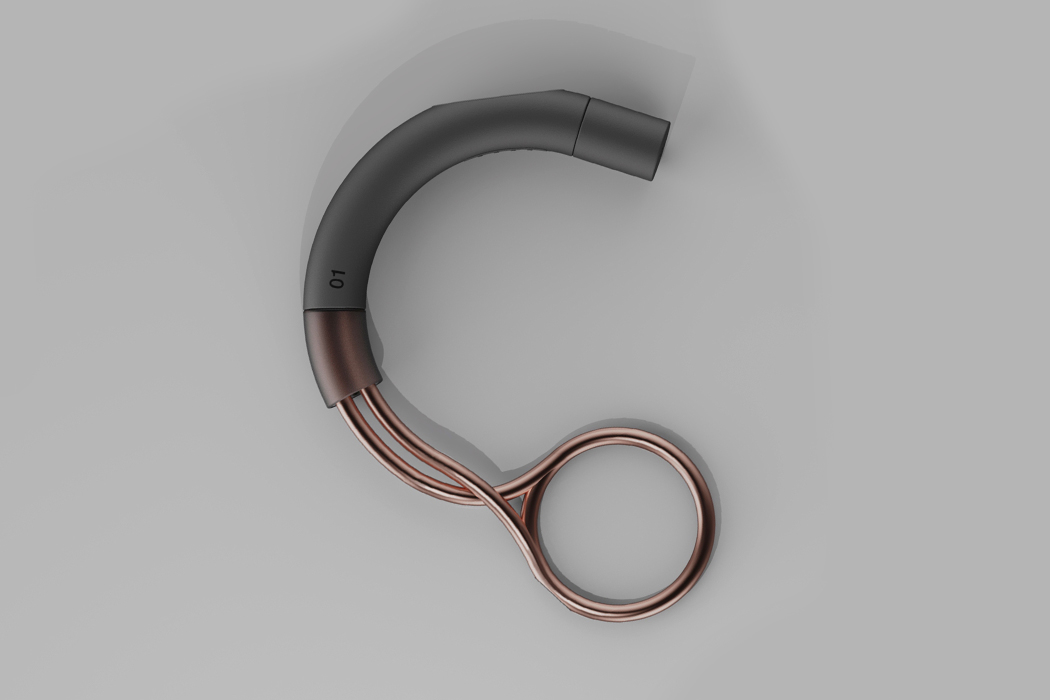
Amplify was created by Alice Tuner to give the hearing-impaired demographic an added value that made the hearing aid more than just a medical accessory. “In the ’60s, glasses were aids for a disability. Now, glasses have evolved into ‘eyewear’, a fashion statement, and an extension of your personality. This shift made me question why the main innovation in hearing aid design is developing technology to make them smaller and more hidden,” says the designer on her thought process behind starting the project. Using bone conduction technology, Amplify provides users with high-quality audio for a more comfortable and wholesome sound experience. This technology enables the device to decode sound waves and convert them into vibrations that can be received directly by the Cochlea so the eardrum is never involved. Amplify essentially becomes your eardrum!
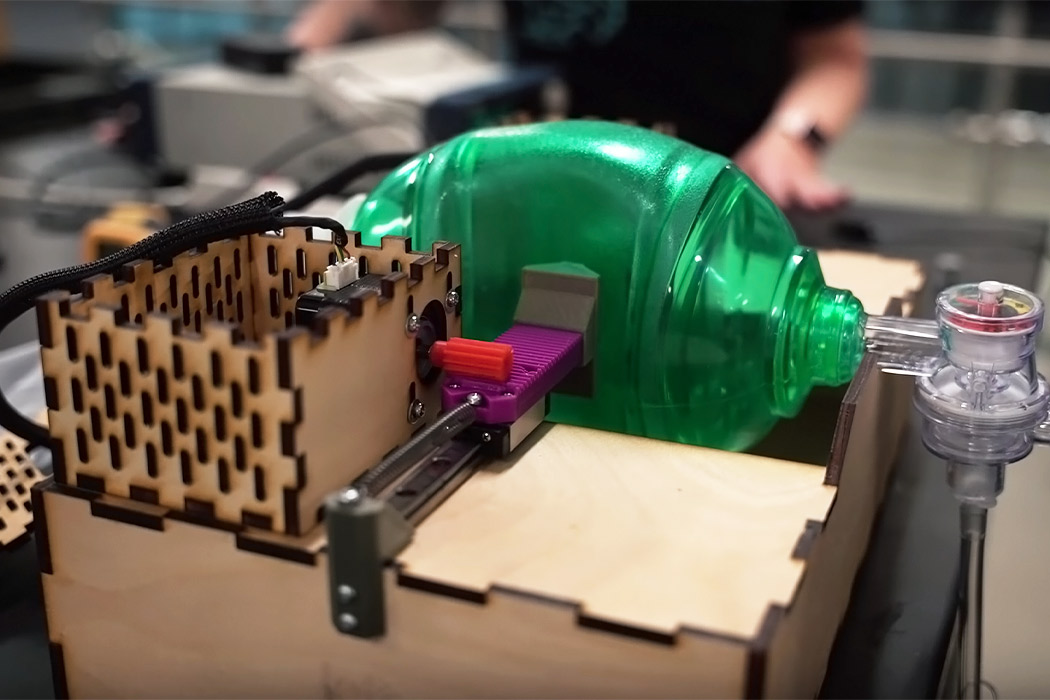
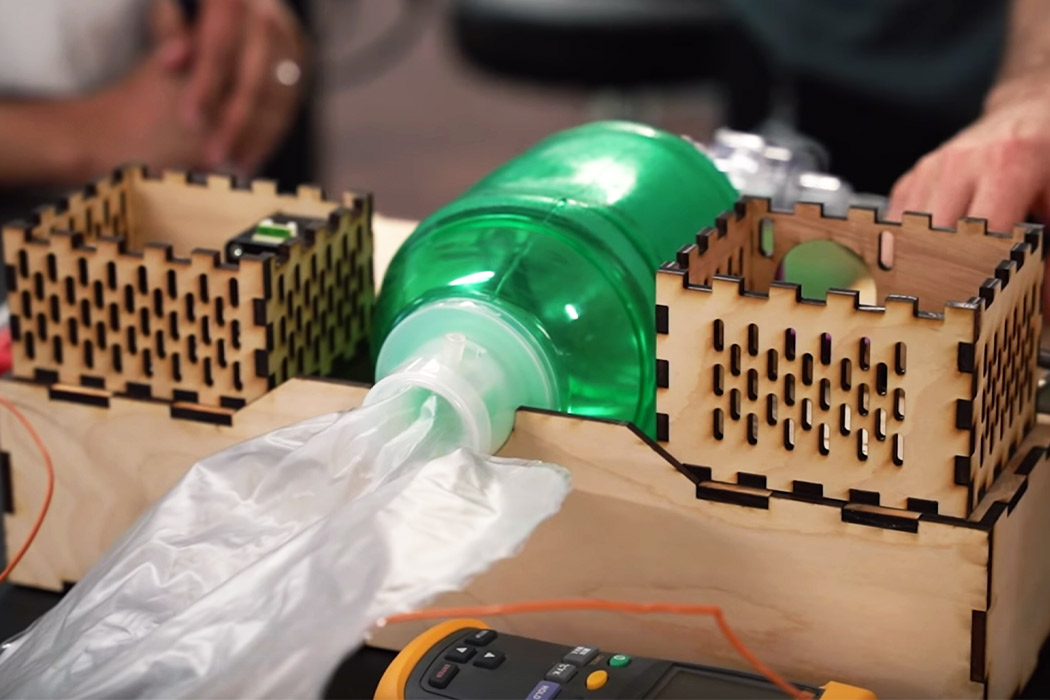
There is a worldwide shortage of medical equipment, especially ventilators as traditionally they are expensive and time-consuming to produce at the rate this virus is moving. ODEK’s alternative costs less than USD 300 and it works on an automated mechanism that squeezes the common bag valve mask ventilation devices that are available in hospitals. This device is usually called an Ambu bag and the ApolloBVM can save the hours that healthcare professionals spend on manually pumping bags when there are no ventilators available. An exhausted human cannot pump air for extended periods of time with the precision of a machine, so with this device, it will be a lot easier to assist patients that need help to breathe. The device will also include feedback sensors that help fine-tune the flow of air to the lungs, as well as motors similar to those that power 3D printers for hours on end.

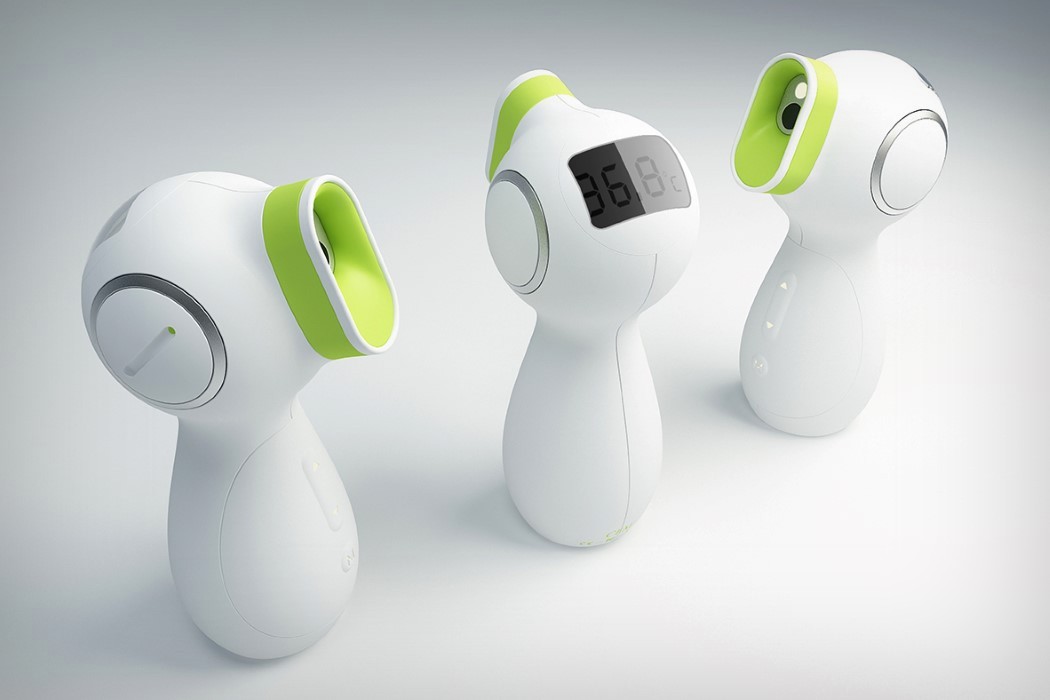
Designed to make one clinical procedure less scary, the Bean thermometer for children comes with a design that feels more like a toy. Designed by Peng Da, the thermometer has an anthropomorphic design, looking like a creature or alien of some sort. Its bulbous features give it a child-friendly appeal, and the range of colors it comes in is a complete deviation from traditional medical apparatuses that are usually white or light-colored. A screen on the back of the Bean’s ‘head’ displays the temperature, while controls on the ‘belly’ allow you to toggle through functions and even switch between temperature units.
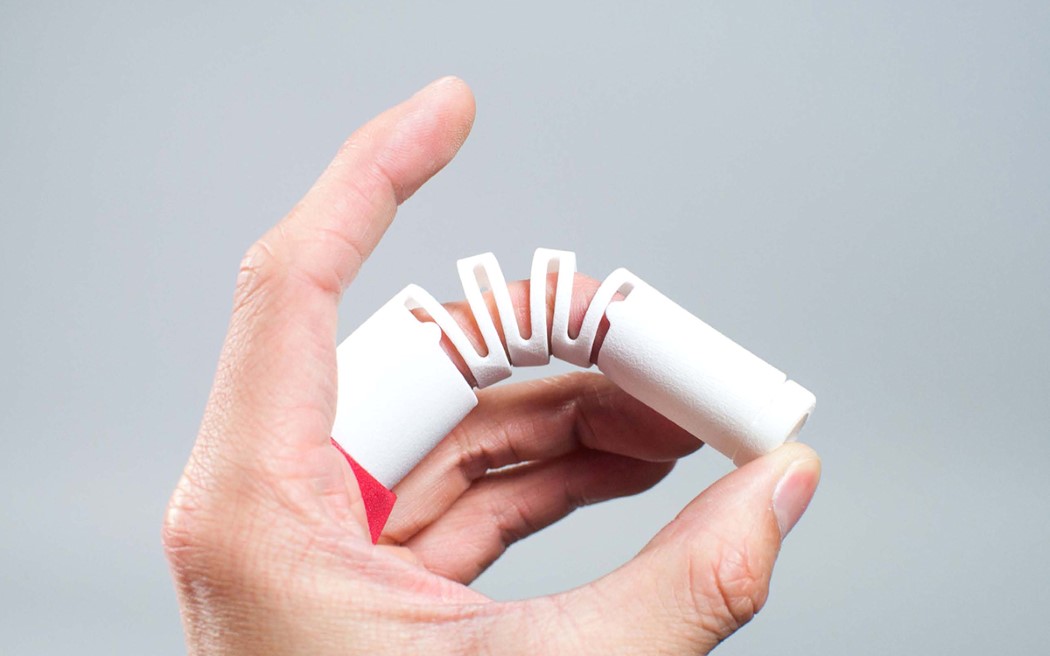
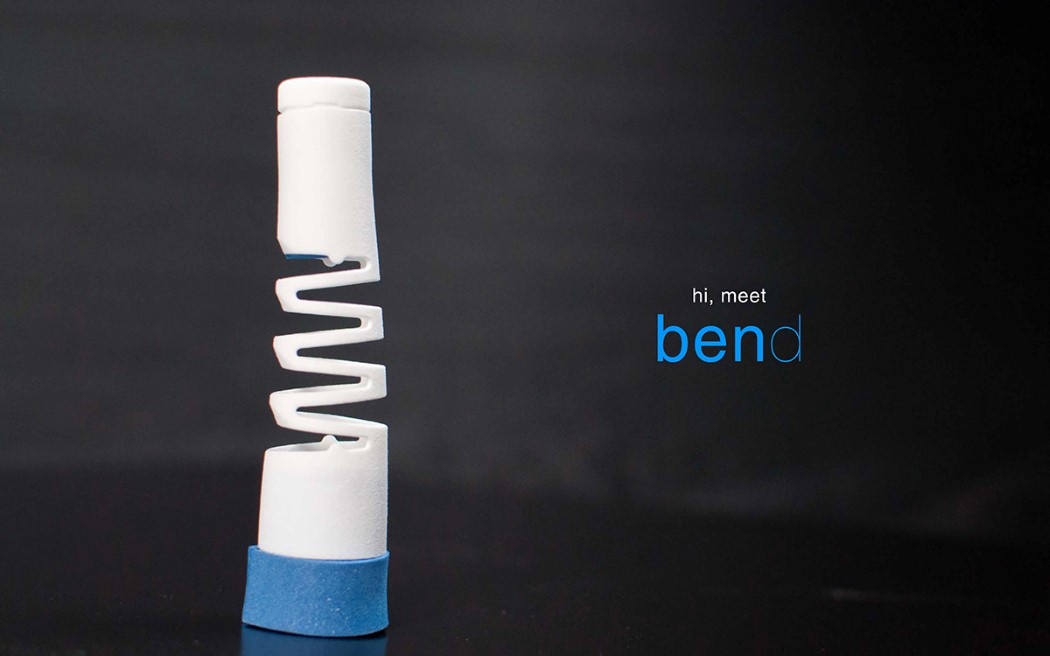
Designed by the Division of Industrial Design & Department of Hand & Reconstructive Microsurgery, the Bend is a medical finger-splint with a revolutionary design. Fingerbone fractures can be painful, however, dislocations of bones aren’t just about pain, if not treated well, you could lose functionality of that finger for life. The bend makes use of a polymer’s tensile strength, and clever design to provide a medical solution that is not just effective, it’s non-invasive too. Deviating from current medical procedures that require surgery, the Bend just needs a long fingernail. A piece of thread is tied to the fingernail at one end, and the Bend splint at the other. The string is then wound around the splint, so that the finger is pulled into shape again, allowing the bones to align properly.
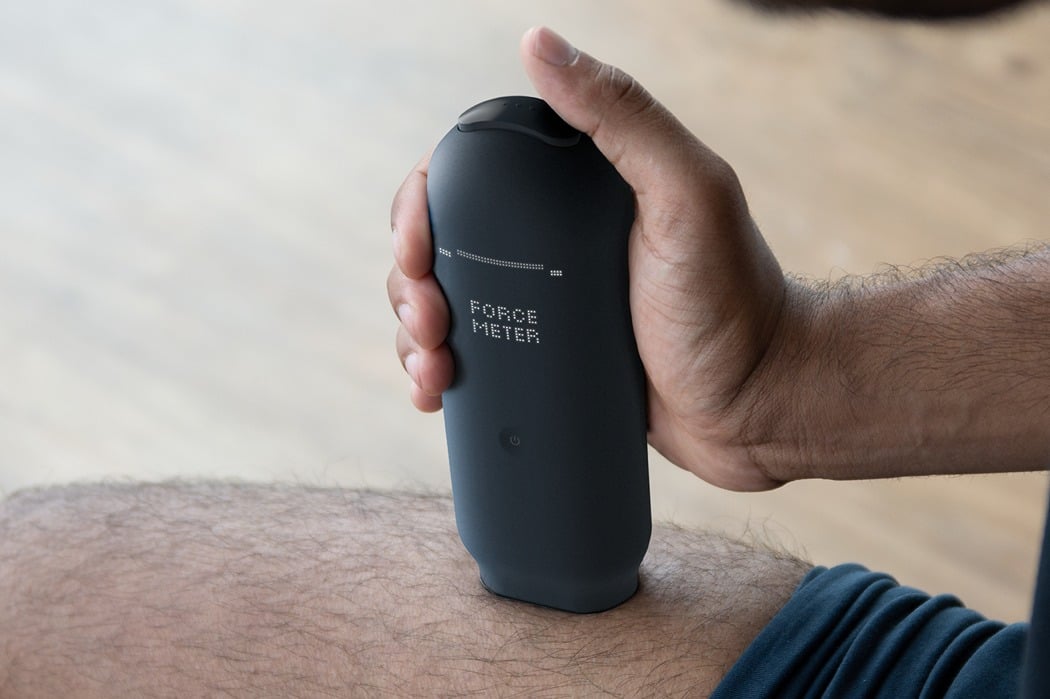
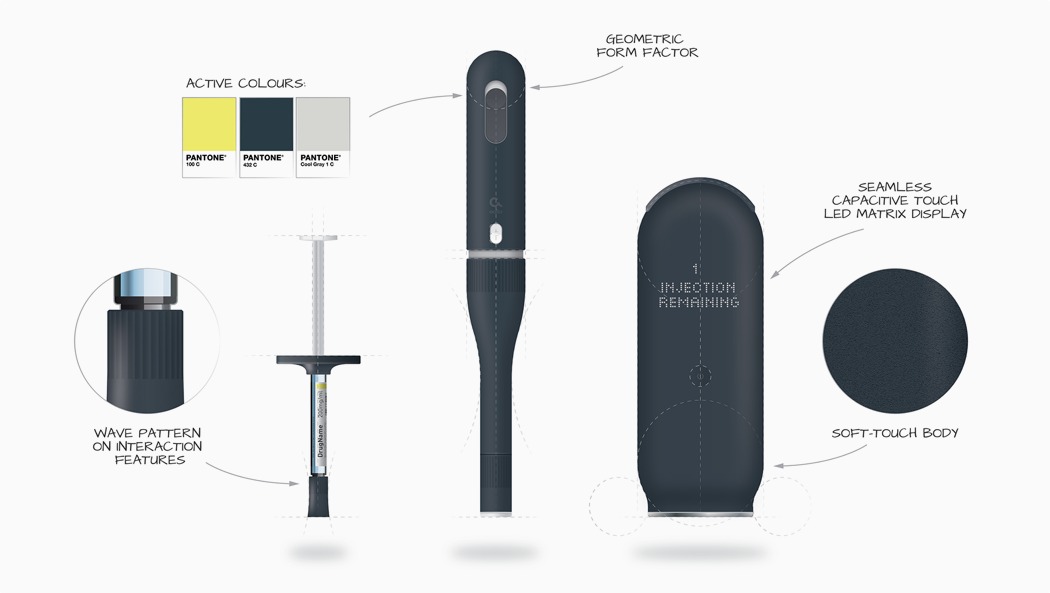
Aalto is a self-injection device designed for use by patients suffering from a chronic disease that impacts their dexterity. The family of products that make-up Aalto each share the same geometric yet friendly forms that evoke a sense of trust. More significantly, they remove the stigma of medical devices and create a far more approachable product. This element of trust has been introduced to each aspect of the product, from the packaging through to the interface. By having these attributes projected onto each element, a far more considered and harmonized experience has been achieved. This design by Cambridge Consultants is just a beautiful example of a user-centered design.
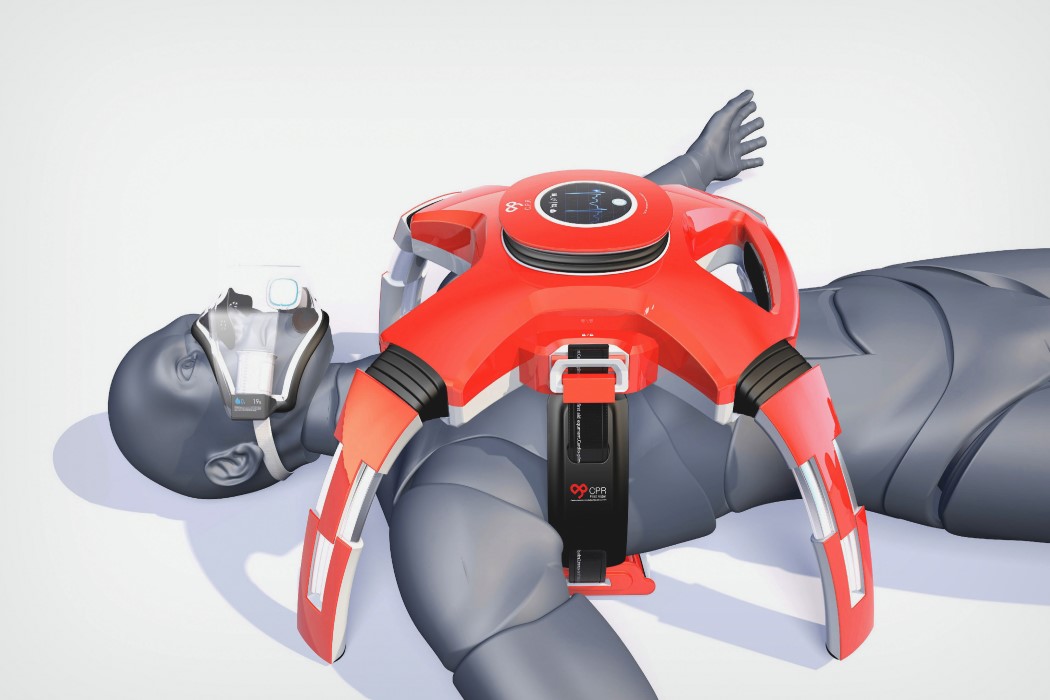
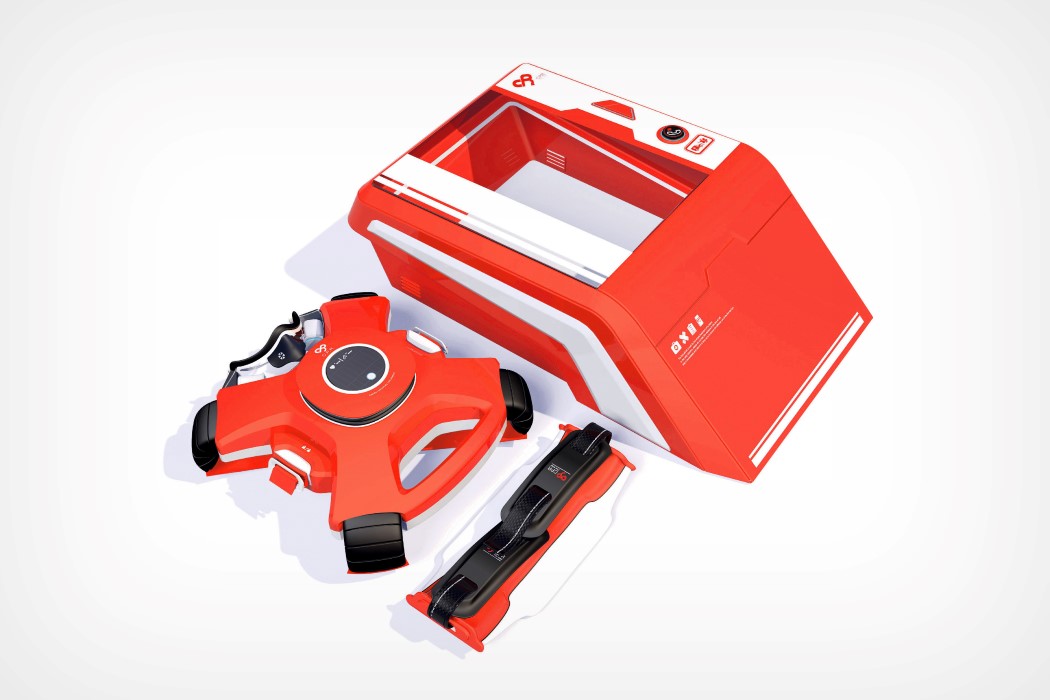
CPR First Aider by Fang Di, Li Pengcheng & Yu Yuanyi aims at being able to increase those chances. Not only does it help people who don’t know CPR, it helps people who do know CPR to perform it efficiently. The CPR First Aider is an extensive kit that includes a breathing mask that automatically delivers oxygen while assisting the patient to breathe along with a CPR module that has 4 legs and chest straps to ensure stable, sustained and effective pressure to the patient. An LCD screen on the top guides you through the procedure, while also displaying the patient’s stats blood oxygen concentration and electrocardiogram in real time. Designed to fold into a compact device, the CPR First Aider could easily be stored anywhere a fire extinguisher could be placed.
For more marvelous Medical Innovations, check out our first part in the series!



